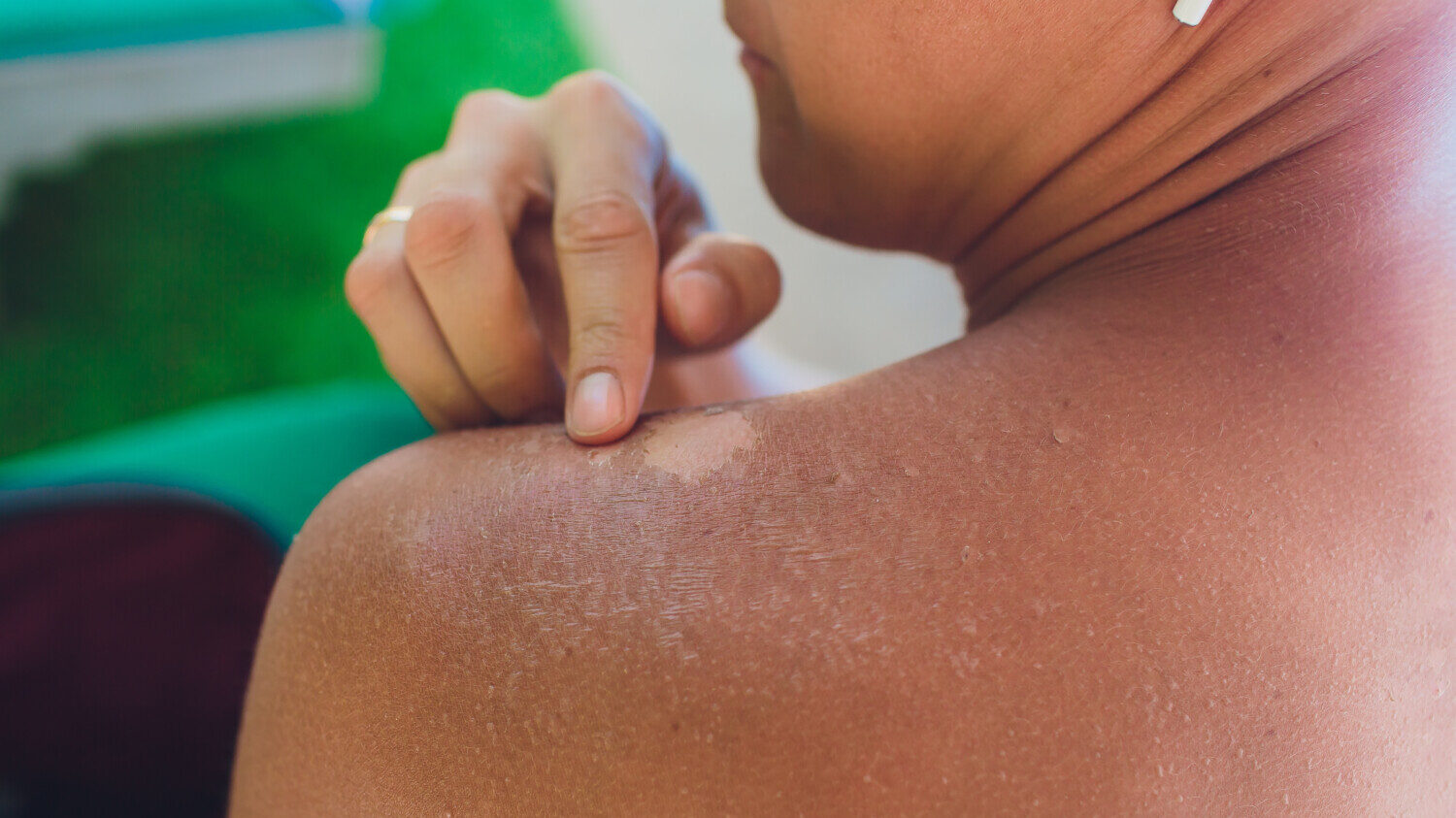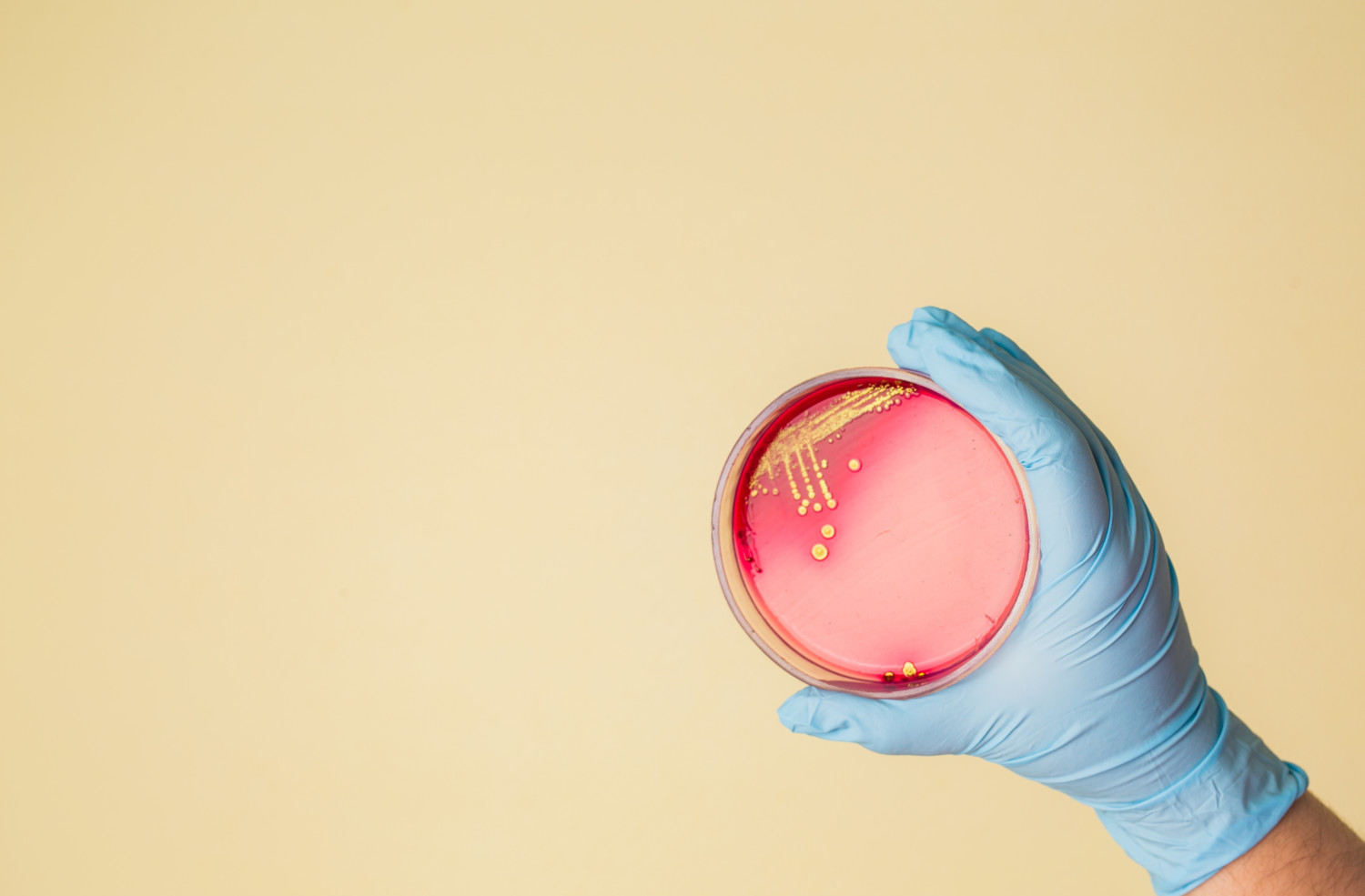Here’s what you need to know about leprosy

A recently published report in the U.S. Centers for Disease Control and Prevention (CDC) Emerging Infectious Diseases journal sounded an alarm that cases of leprosy are on the rise in Central Florida. While leprosy, also known as Hansen’s disease, isn’t common in the U.S., cases have more than doubled in the last year, particularly in the South.
According to the report, which was published last month, Central Florida accounted for 81% (nearly one-fifth) of the nationally reported cases. In total, 159 new cases were detected in the U.S. in 2020.
MORE: Polio is making a comeback and here’s what you need to know
What Are the Signs and Symptoms of Leprosy?
Leprosy is caused by a unique type of bacteria, Mycobacterium leprae, which mainly affects the skin and nervous system. It can also affect the eyes and upper respiratory tract.
The disease is most commonly spread through respiratory droplets from the nose and mouth from prolonged, close contact.
One of the first noticeable signs of the disease is pale or slightly red spots or rashes on the skin. Sometimes numbness occurs in the infected areas. Symptoms noticeable on the skin also include flat patches that might be lighter than surrounding areas, skin growths, ulcers on feet bottoms, lumps on the face, loss or thinning of the eyebrows or eyelashes and more. It may also cause nerve damage that results in numbness and tingling, pain, eyesight issues and nasal congestion.
How Concerned Should People Be About Leprosy?
The good news is that if you’re concerned about being exposed to leprosy, you might be just fine. Once an infected individual seeks treatment, they’re no longer able to pass on the illness. Furthermore, more than 95% of the population likely has natural immunity, the National Hansen’s Disease Program reports. And according to the World Health Organization, you can’t get leprosy through casual contact such as shaking someone’s hand, sitting next to someone while commuting or giving them a hug.
MORE: What to know about air quality and how it can affect your health
How Leprosy Is Treated
If leprosy is left untreated, it can cause lifelong damage and disability. Thankfully, with early medical intervention, it’s curable through drug therapy. After a skin biopsy is used to diagnose the disease, infected individuals can take antibiotics. People who aren’t able to seek medical attention during the early stages of the disease may face physical deformities such as paralysis and blindness. Those infected in the U.S. can access medicine for free from their doctor or via the National Hansen’s Disease Programs Ambulatory Care Clinic.
What To Know About Traveling To Florida
The CDC is not telling people to limit travel to Central Florida, rather it’s simply making the public aware of the increase in cases and recommends that physicians consider leprosy in symptomatic patients who have recently traveled to the state.
The National Hansen’s Disease Program noted that there are no associated risk factors in the latest Florida cases, such as travel, zoonotic exposure (infections spread between people and animals), occupational association or personal contacts.







